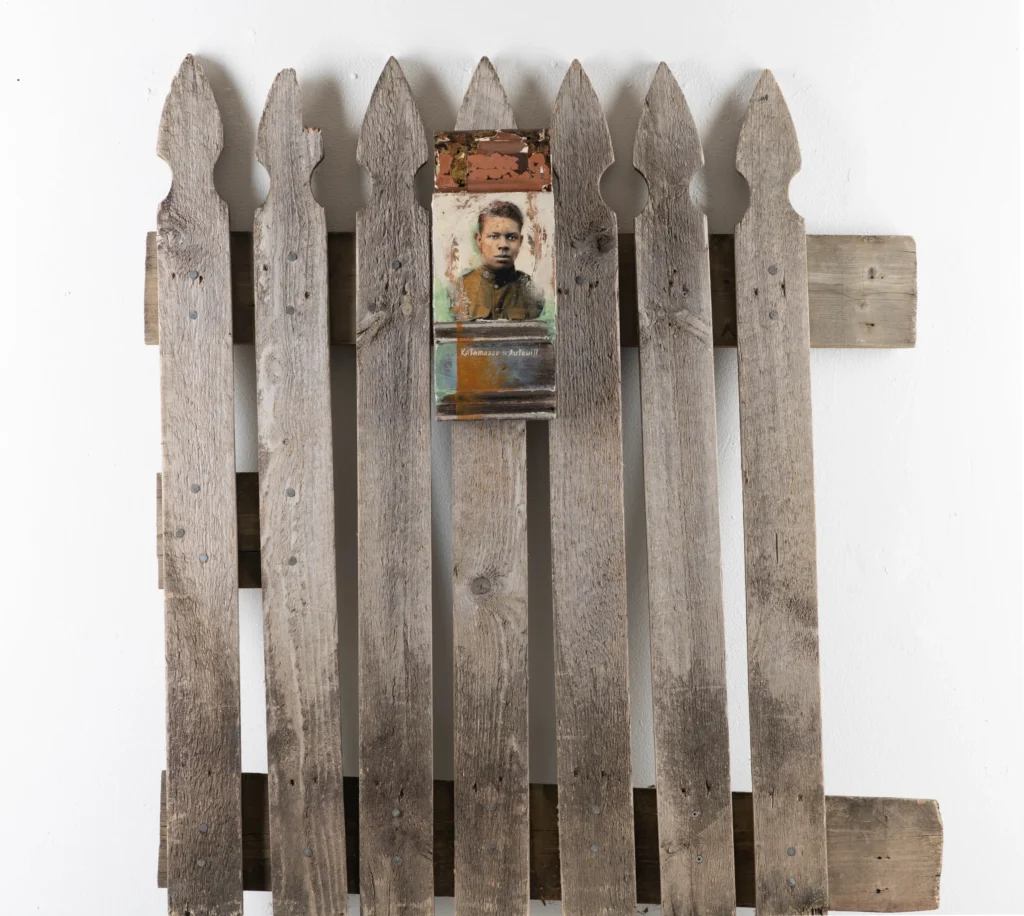ReSOURCE
Artists

Candace Hunter
Candace Hunter (b. 1955 Chicago, Il) is a visual storyteller whose work spans collage, painting, installation, and performance. Hunter is eternally moved by “the history of Africans in America – what they have done, and what has been done to them.” Her work has also explored global water rights and the written works of Octavia E. Butler. Hunter was educated at Barat and Mundelein Colleges. Hunter has exhibited and curated internationally and nationally in museums and galleries. Two of her solo exhibitions, Dust in Their Veins and Hooded Truths, traveled nationally after premiering in Chicago at the DuSable Museum and the South Side Community Art Center, respectively. Hunter has received numerous honors including: the Climate Changemakers, Elevate Award (2022), the 3Arts Next Level/Spare Room Award (2021), the Helen and Tim Meier Family Foundation Award (2020), and she was also a 3Arts Awardee (2016). Hunter’s artist residencies have included Arts + Public Life University of Chicago (2024), Cuttyhunk AIR (2022), Do Eye Know You Residency (2021), and the Hyde Park Art Center (2021-2024). Grants that produced her work have come from the Massachusetts Cultural Commission, Illinois Humanities, and the Chicago Department of Cultural Affairs. Outside of solo shows, Hunter’s work has most recently shown at Venice Biennale Arte 2024, EXPO CHICAGO (2023 & 2024), and the SCOPE Art Show (2023).
For ReSOURCE, in addition to artworks displayed in the gallery, Hunter created a custom bench from reclaimed vintage oak doors and repurposed plastic legs that has been installed at the Bronzeville Neighborhood Farm, one of our community partners for the exhibition, and inaugurated in a celebration on August 31. The seat and back of the bench display images resembling people who once resided in the Bronzeville community.

